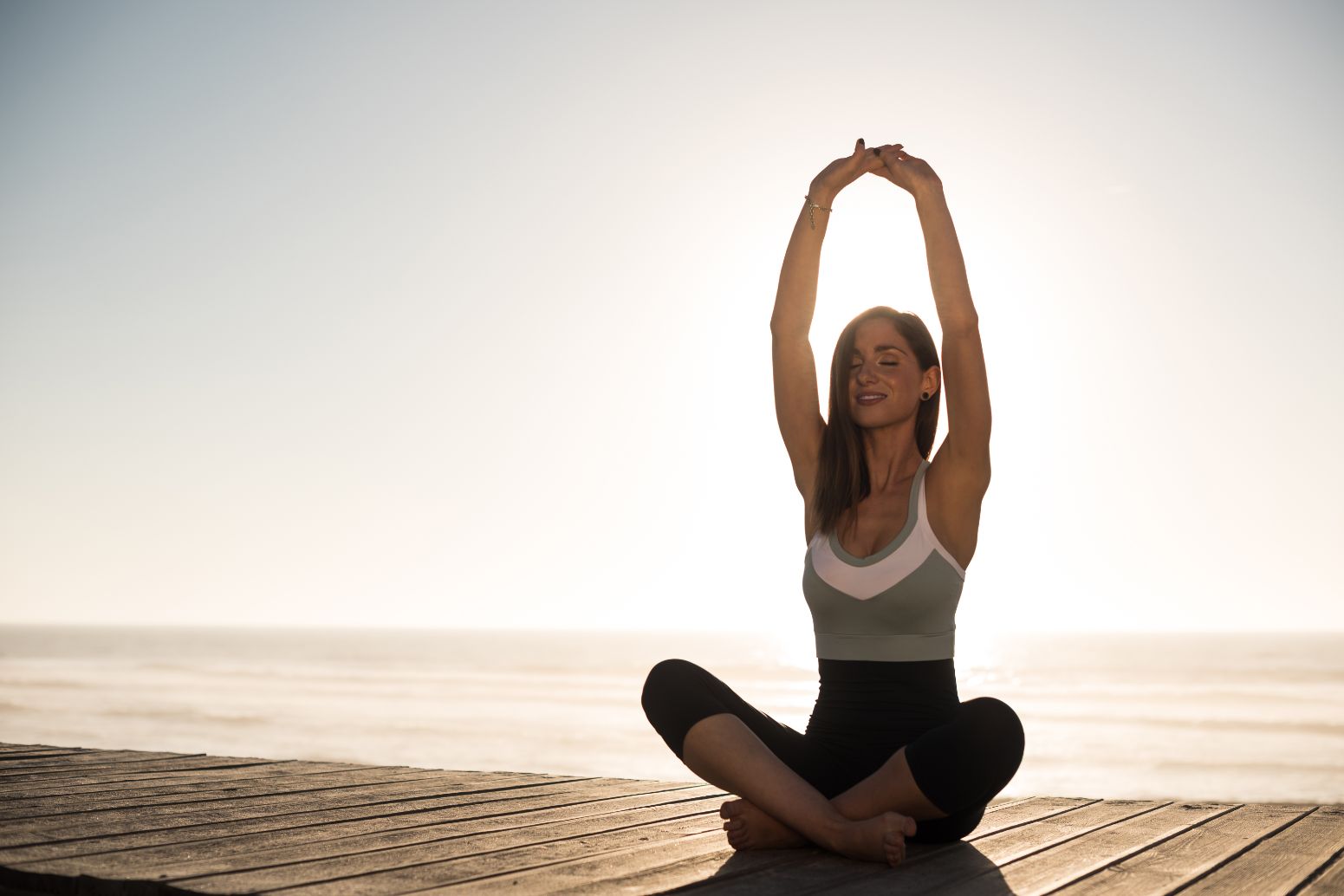Joseph Pilates created a system of exercises and stretches called Contrology during his internment on the Isle of Man in World War 1. The workout was designed to bring balance to the body which it certainly delivers it’s no wonder regular pilates fans can be found walking around looking sculpted, strong and healthy. But there’s a lot more to this method of exercise than meets the eye (or, you know, that bouncy core). We asked our yoga and pilates instructors what they love about the workout from the physical benefits to the mental ones.
Builds long, lean muscles
Whether you take a class on a mat using gravity to provide resistance or opt for a more contemporary variation on a spring-loaded reformer or larger Megaformer, a regular Pilates class will leave you with sculpted, strong, and balanced muscles. Plus, you can build up your strength over time, with each session helping to improve your form and technique so that you can progress without hurting yourself.
Helps relieve back pain
The Pilates workout strengthens the core and all the other muscles that run along your spine, including the obliques, hip stabilizers, and abdominals. And since many people suffer from neck and back pain due to poor posture or spending too much time hunched over their desk, it’s the perfect way to keep these important muscles strong while also alleviating any tension.
It improves circulation
Pilates focuses on creating strong and balanced muscles, which, as a result, creates more even, flowing movement throughout the body. This, in turn, helps with circulation as the blood can move more easily around your body, which is a great complement to other forms of cardio like running or weightlifting.
Boosts your energy
As well as all the other feel-good stuff, Pilates also helps you to get more out of your day. That’s because the slow, controlled movements can help increase your breathing and oxygen flow, which in turn increases your energy levels. Plus, a regular Pilates practice can also improve your sleeping habits, which can improve your overall mood and well-being.
Encourages mindfulness
Pilates exercises require precision and control, so you’re encouraged to focus on your breath and how your body moves with each exercise. This helps improve your ability to stay in the moment and can be beneficial for those who struggle with stress, anxiety, or depression.
Reduces pain
We hear from our Pilatesology members all the time that they do pilates because it eases their back, shoulder, sitting floor or hip pain. That’s because Pilates helps to safely and slowly strengthen the muscles that support your joints, which can help prevent pain from over-use or injury. Plus, the exercises can help to improve your posture and mobility, which can also ease pain from bad habits like hunching over at your desk or tense up while you’re out and about.
If you’re interested in adding pilates to your fitness routine, check out our guide on How to Start Doing Pilates for Beginners. And then book yourself into one of our Mind and Motion classes to experience the benefits for yourself!
